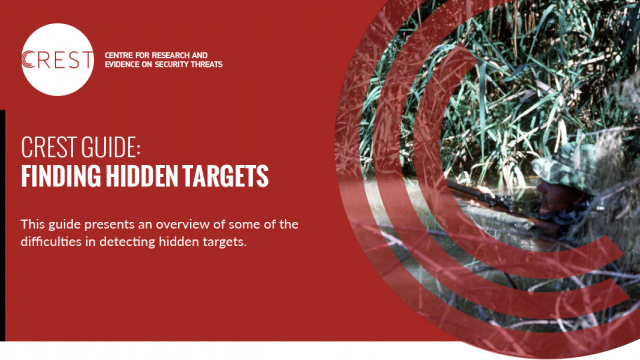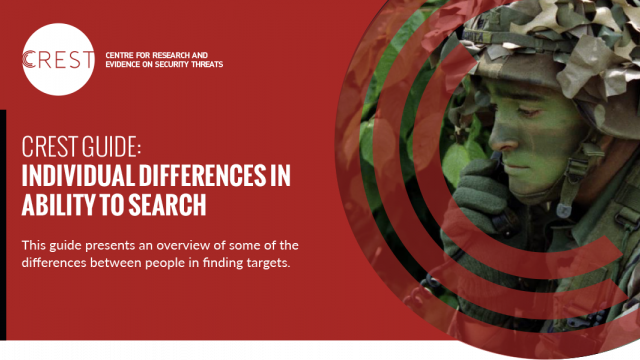The goal of workforce training is to enable people to quickly reach a level of competency that allows them to perform their work effectively. When the work task is search, the good news is that for a newcomer search and image comparison generally improves with practice. A well-designed training programme can accelerate practice effects. But what does it mean for a training programme to be well-designed?
A well-designed training programme can accelerate practice effects. But what does it mean for a training programme to be well-designed?
Some of the key points presented in this guide are:
- Practice should not oversimplify the task. If a task is complex, training should not present only the easiest examples. Rather, difficult and easy examples should be presented from the start. The better the range of practice examples, the easier it is for people to apply what they learn to new examples.
- Practice should be adaptive. While not over-simplifying, it makes the task achievable from the start, according to the skill the trainee shows. As skill improves, difficulty increases.
- Practice should give feedback. If possible, feedback should be specific to individual decisions rather than an overall performance evaluation. It should also point the way to what to do differently.
- If a task involves multiple parts, practice all parts of the task. The coordination of different parts of a task is a skill in itself that often needs practice, and so if different parts are learned separately, the coordination skill is not learned.
Copyright Information
As part of CREST’s commitment to open access research, this text is available under a Creative Commons BY-NC-SA 4.0 licence. Please refer to our Copyright page for full details.






